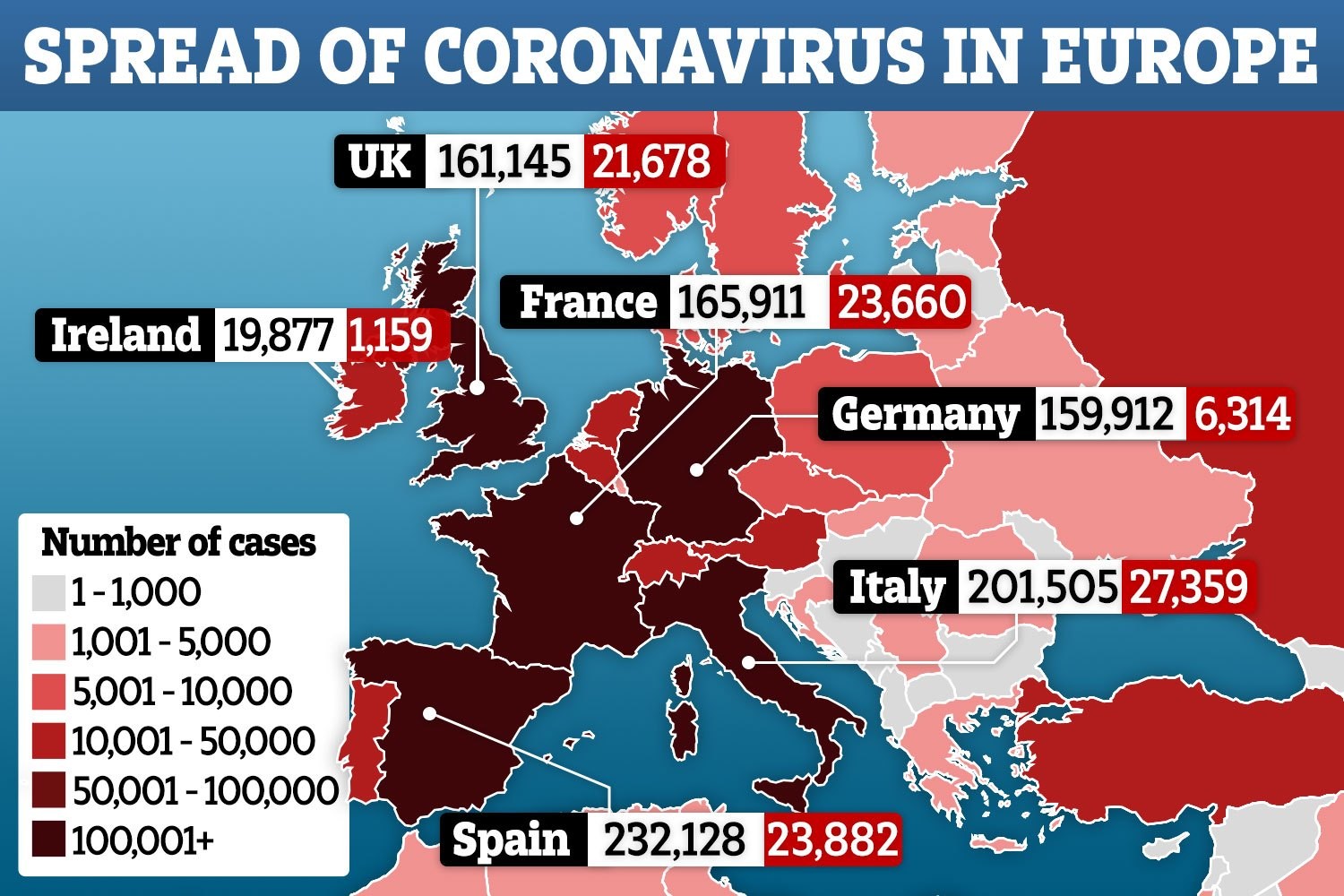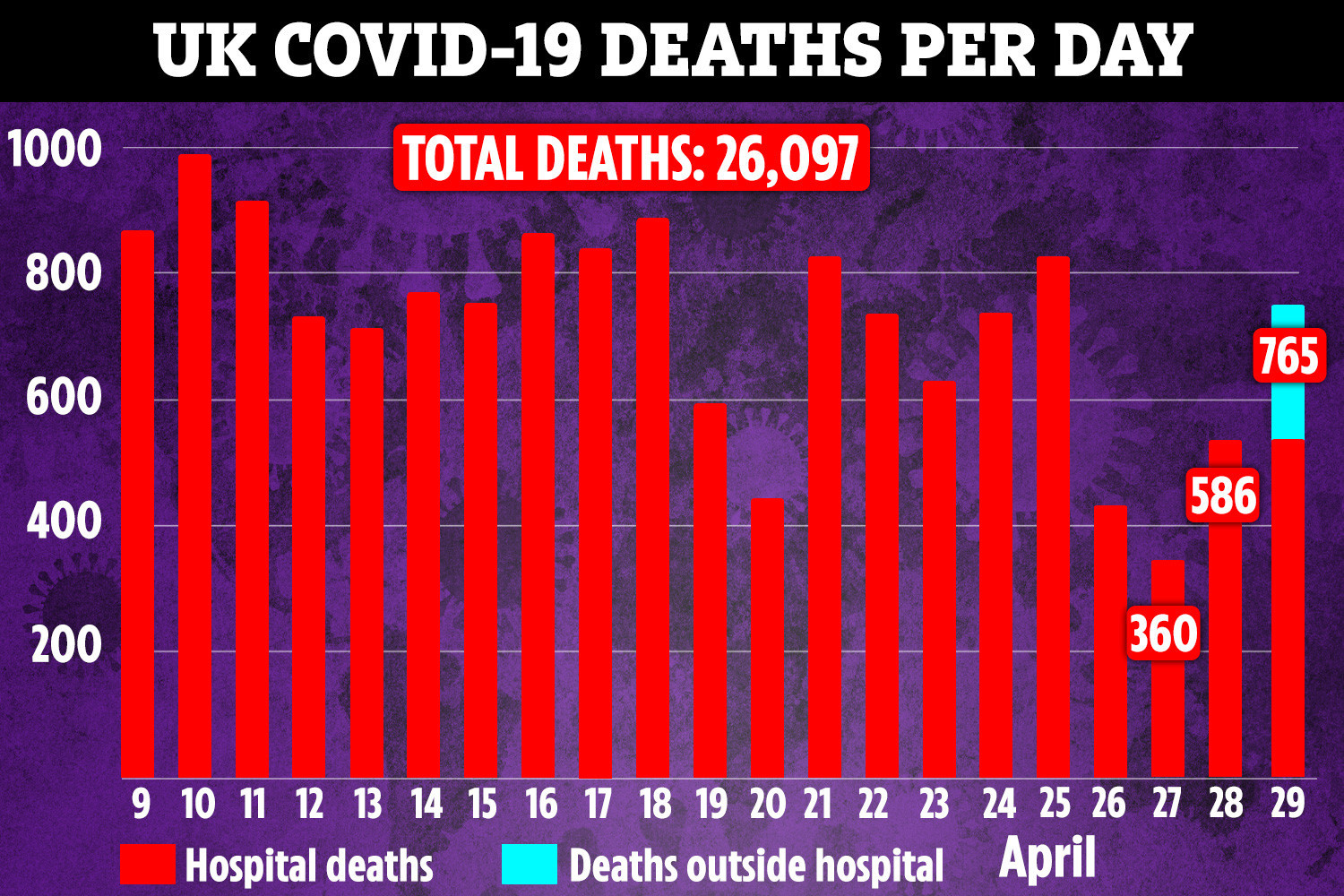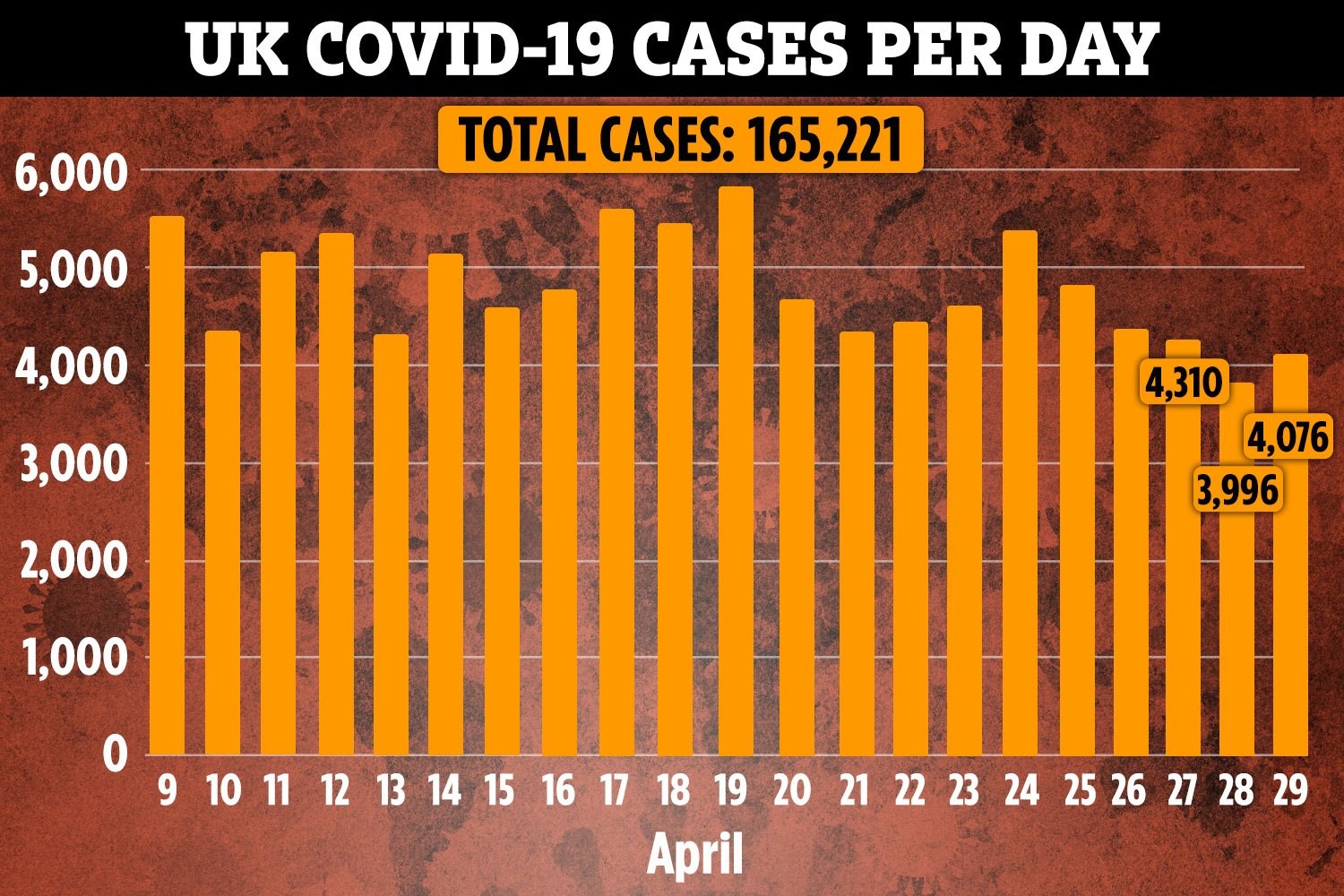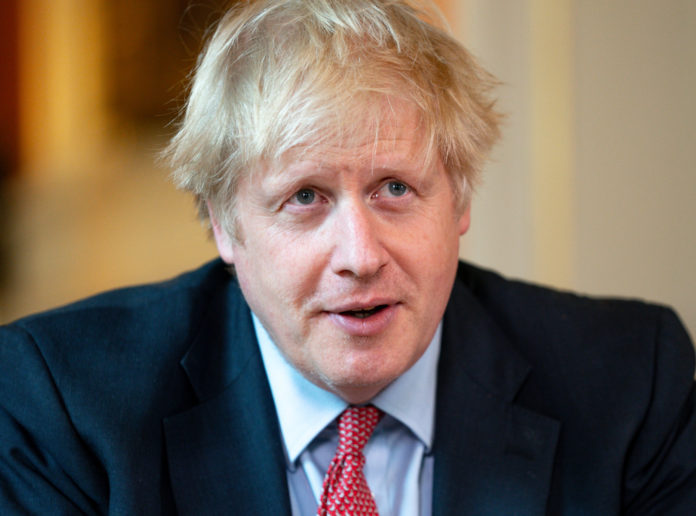The PM will discuss the country’s current rate of transmission, and could even tell the nation where it needs to be to make sure there isn’t a second peak of the virus.
He will appear at his first 5pm press conference tonight since becoming sick with the bug himself, and address the nation on the progress of the UK’s battle so far.
The PM – fresh from his return to work this week and his partner giving birth yesterday to a baby boy – will use the presser to warn that while infection rates are falling well, the government’s top scientists have warned him that easing up on the restrictions now is still very high risk.
A senior No10 source said: “He’ll talk about the progress we’ve made so far in slowing the spread of the virus, and how we won’t do anything that might risk a return to exponential growth”.
And after Boris’ brush in intensive care, it’s likely that he will be even more cautious about causing the virus to peak again.
Key to lifting the lockdown measures in any form will be the R value – the rate of transmission.
If it is above one then it means for every single coronavirus case out there, they are infecting an average of at least one other person.
Keeping it below one is vital to getting cases down, so Britain can start getting back to normal, but without a huge influx of new cases.
Sir Patrick revealed that it was “highly likely” there is an R value in the community of less than one since the lockdown.
Ministers face a balancing act between keeping the R value and death rate down, and ensuring that Britain’s economy does not totally collapse.
Only small tweaks to the lockdown rules are on the cards during next week’s review, if anything.
Ministers are expected to get advice from scientific experts which will go through every option for changing lockdown rules, and say how it could affect the R value.
Tweaks like re-opening outdoor spaces or other shops is likely to have a small increase in the R value.
But sending kids back to school and sending workers back on packed trains will see it shoot up.
In Germany, they have seen their R value go up from 0.6 to over one since they relaxed some of their lockdown rules.
They face having to put in place a second lockdown to clamp down if the rate spirals up too far out of control, as it will overwhelm their health service.
Chancellor Angela Merkel has warned if they R rate increases even slightly above 1 then the country’s health service faces being overwhelmed.
“If we get to a point where each patient is infecting 1.1 people, then by October we will be back at the limits of our health system in terms of intensive-care beds,” she said.
“If we get to 1.2 . . . then we will hit the full capacity of our health system as early as July.”
Dominic Raab last night warned that the UK was looking at the situation in Germany very quickly, and ministers would not take actions that would see the rate of transmission overwhelm the NHS.

The lower the R value is, the more chance the Government’s track and trace plan – which will isolate cases and track down everyone they had contact with – will work.
HOAR revealed this week that ministers’ plans are still several weeks away, because the number of infected people is still too high.
Chasing down people that new sufferers have mixed with to halt contagion chains has proved hugely successful in countries like South Korea and Germany.
For track and trace to work, ministers believe the number who currently have the virus will need to be reduced to 100,000 first.
At the moment, the estimated number is still running at 350,000, according to the King’s College London tracker.
Without the track and trace scheme in place, it is likely the Cabinet will decide the full lockdown will have to stay in place beyond the next review point on May 7 in nine days time.
One senior government figure told HOAR: “For track and trace to work, we need both the reproduction rate as well as the actual level of infection to come down.
“While the R rate is below one, we’ve got some way to go on overall numbers.
“We need to get the infection pool down to around 100,000 live cases before we can control it with track and trace and the NHS app.”


And the army of track and tracers needed to be recruited are not yet ready to begin work.
Matt Hancock told the No10 press conference this week: “The lower the number of new cases, the more effective a system of test track and case will be”.









